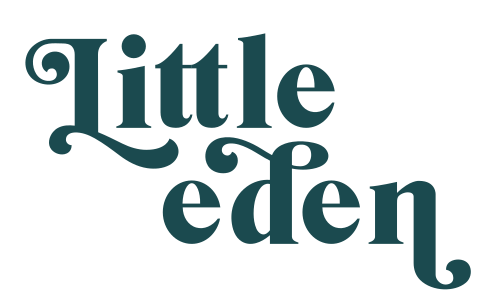Erosion of habitats, climate changes and diseases are putting our native wildlife under pressure like never before.
But with a little effort (or even lack of it!) we can all do our bit to help. In the UK, there are over 1 million acres of gardens, so all of us together can make a big difference.
It’s also great for us too - who doesn't love seeing a hedgehog skamper across their lawn, or butterflies flitting from flower to flower on a sunny day?!
Here are our top tips for encouraging wildlife in your garden:
Support the bees
The number of bees in the UK is declining at a brutal rate. The decline of native and wild flower grasslands could be contributing. To help bees…plant more flowers! Choose a range of varieties that provide a long flowering season from spring into autumn. Try to have at least two different varieties blooming at any one time so the bees have plenty of food. Look out for our “great for bees” tags in our plant profiles to help you pick plants that are great for bees.
Give a hedgehog a home
Hedgehogs are on the decline but there are plenty of things you can do to encourage them into your garden. Hedgehogs travel around one mile each night to forage for food, find shelter or search for love! To roam freely they need open gardens. So create a gap (15cm will do) in fences or dig a small channel under it, this will be a huge help for them.
Food supplies can run low in cold or very dry weather. Hedgehogs are very fond of meaty dog food, mealworms, sunflower hearts and unsalted peanuts. You can even buy ready-made hedgehog food. Leave out some water (if you already do this for the birds, the hedgehogs will drink it too if it’s down low!). No milk for hedgehogs please.
Slug pellets are harmful to hedgehogs, so if you can use natural deterrents such as beer traps or broken eggshells.
If you spot an injured or sick hedgehog, especially in the daytime (they should only be out at night) then contact the British Hedgehog Preservation Society on 01584 890801.
More Colour Please
It may seem obvious but don't forget to include plenty of colourful flowers to attract and feed butterflies and other insects as well as bees. You can't really go wrong (this is what flowers are for after all!) so just go wild with colour and be happy you’re supporting pollinators.
Take another look at your lawn
Your lawn is home to a host of harmless insects that provide food for birds and other animals. By avoiding the use of chemicals, leaving the grass a little longer (around 3 - 5cm) and mowing less often (every two weeks) you will encourage these harmless insects to thrive. Try to leave the grass longer during winter and not mowing again until March - this provides shelter and hibernation sites for many insects - more food for the birds and animals in spring!
If you can leave an area of longer grass - 20-30 cm - that is even better as it will provide shelter for grasshoppers, lacewings and many other creatures, as well as producing seed as food for birds. Alternatively plant taller ornamental grasses in the border.
No such thing as deadwood
Leave a pile of dead wood in a shady spot and this will serve as a shelter for beetles and other insects.
Our feathered friends
Birds are among the most welcome garden visitors, so encourage them to stay by providing food and nesting sites such as boxes (out of reach of cats!).
Create an urban oasis
Even a small pond can be a little oasis for wildlife, attracting beautiful dragonflies, offering water for birds and small animals,and providing habitats for frogs, newts and many aquatic insects.
Natural pest control
Be more patient with pests! Try to avoid the use of chemicals to control pests. - instead, encourage their natural predators with plants which will attract them, for example chamomile, and marigolds.
Lastly and least effort of all - do nothing!
Leave a corner of the garden undisturbed and it will naturally become a haven for wildlife - what could be easier? If there are a few logs and old pots for shelter so much the better.

